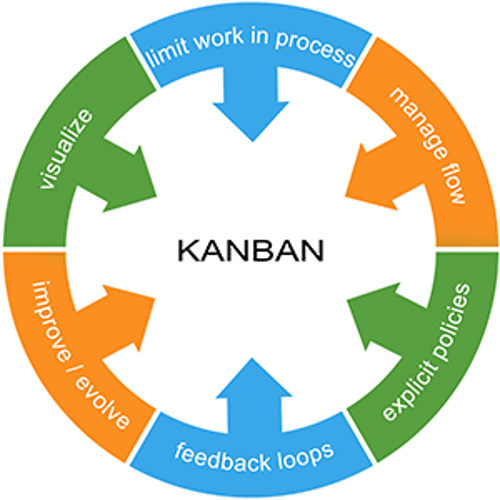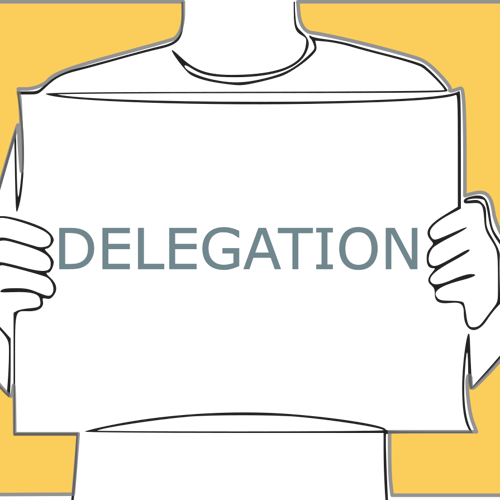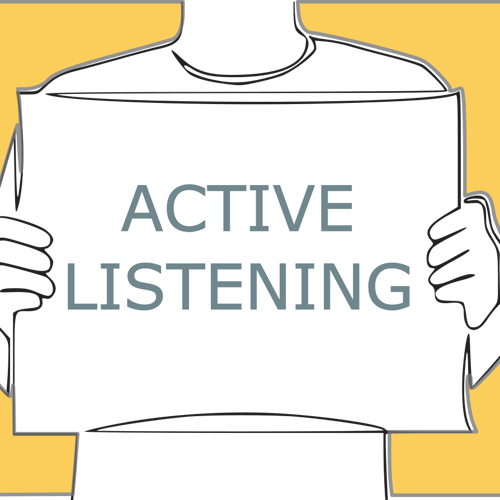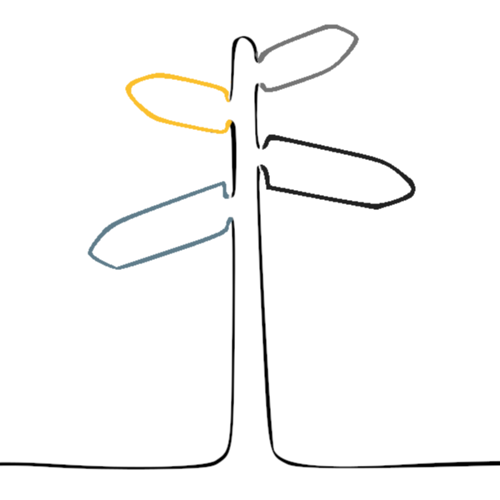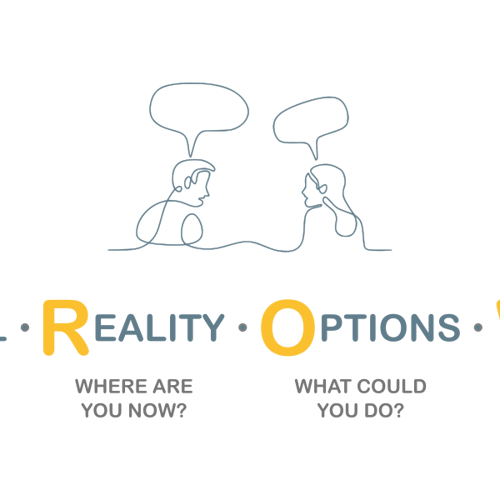What are OKRs?
Objectives and Key Results (OKRs) are a goal setting framework that promote organisational alignment and, if set effectively, autonomy and empowerment within teams.
History
OKRs are not new in their concept; more so, they have evolved over nearly half a century. As a distant relative, Management By Objectives (MBO) were born back in 1954 by Peter Drucker. Drucker had observed that managers would be susceptible to macro-focused activity trap, unable to contribute to the wider company vision and strategy. To mitigate this, MBOs were created and introduced where the manager and the employee jointly identified common goals, define each individual’s major areas of responsibility in terms of the results expected from him or her, and used these measures as guides for operating the unit and assessing the contribution of each of its members. In short, MBOs :
- Result in clear objectives that are set and agreed for both employees and managers/supervisors, contributing to the increased performance of the organization.
- Provide a structured process to establish objectives, including steps like reviewing organizational goals, setting employee objectives, monitoring progress, evaluating results, rewarding success.
- Seek collaborative input into the goal setting from both the manager and employee
Whilst this was a huge step forward, MBOs certainly had their flaws; the most fundamental of which was to widely tie performance to financial rewards. When this approach is not used effectively or an empathetic underlying culture is missing, employees with different motivations may be prone to distort results or make short sighted decisions in service of personal gain. In this case, managing by objectives would be counterproductive.
Some 2 decades on, Andy Grove who was the CEO at Intel at the time, embraced the traditional MBO framework but continued to develop and refine all aspects – which became known as Intels Management By Objectives. This evolution saw some important improvements to the traditional framework and later became known as OKRs. One of the most prominent improvements was the introduction on Key Results that broke the link between performance and personal reward, promoting a disregard for self interest, and a deep allegiance to the team. Grove appreciated that good leadership and not performance reviews was the bedrock for growth and his enhancements not only separated performance from rewards but the key results also provided the framework to track contributions towards the objective.
Among the management team at Intel was John Doerr who later became an advisor to Google. In 1999 Doerr introduced OKRs to Google and this framework became an integral part of the companys’ culture and DNA; being credited for the staggering Google growth, many innovations, flat hierarchies in the team, and high employee morale.
Benefits
Empowered Teams
- Teams obsess over the impact of their work
- Teams feel empowered to solve their own problems
- Teams can make decisions with a clear purpose and should shape their approach
Communicate Direction
- A teams’ objectives and key results should be widely available throughout an organisation – and sometimes even publicly
- Conveys what a team is doing and why they are doing it – promoting trust and keeping us honest
- The OKR framework helps conversations and actively promotes an intent based leadership approach
Focus on Value
- Teams understand the value their work has across the various horizons; both short & medium outcomes as well as the longer-term impact
- Teams constantly question whether they are working on the most valuable stuff
Alignment
- Vertical alignment happens between objectives whilst ensuring that all objectives empathetic to each other
- Horizontal alignment happens amongst group objectives
So, what are they exactly?
As already alluded to, OKRs are - in their entirety – a framework that is made from composite parts; of which there are two very obvious ones:
Objectives
Objectives articulate both where we want to go and, importantly, why we want to go there. They need to be qualitative and communicate a teams’ intent. The objectives alone should be inspiring and aligned with others throughout the organisation.
Find out more here
Key Results
Key Results convey how we know we are making progress towards our objective. They should act as thematic goals that are both quantitative and trackable in their nature.
Find out more here
But there is another, less discussed part..
Actions
Actions express what we’ll try in service of making progress towards the outcome (key result). This is not to be an exhaustive list but instead some notable ideas or experiments that we consider to have tactical importance; given what we now now – all subject to change. These are not a plan or a commitment
Find out more here
Key Takeaways
- High-performance organisations are successful at building an inclusive and collaborative work culture
- Peter Drucker’s methodology known as Management by Objective revolutionised performance management.
- Management by Objective didn’t provide a suitable solution for separating performance management from financial rewards
- Andy Grove improved on MBO and developed Objective & Key Results at Intel.
- OKR align individual & team activities with organisational objectives.


